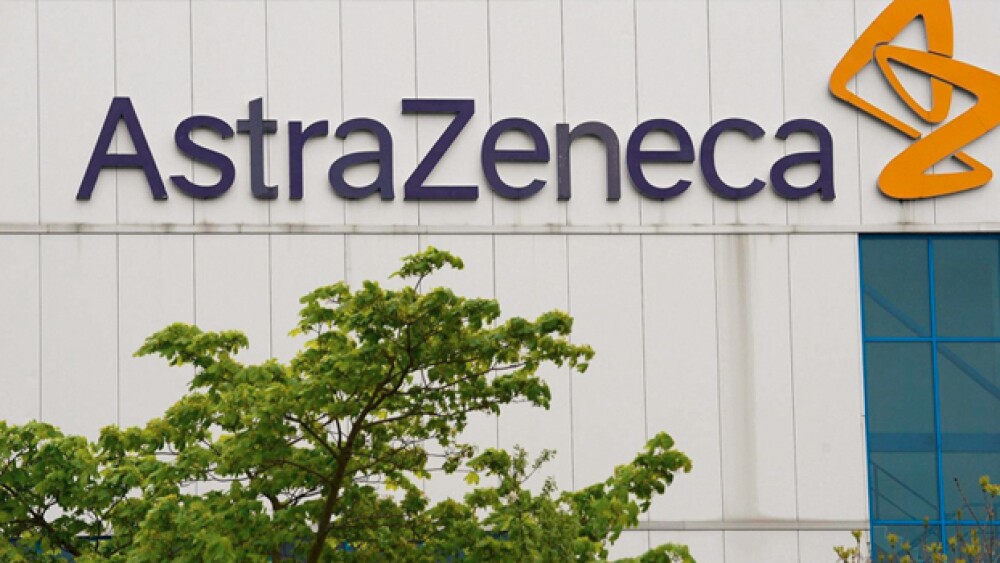AstraZeneca has spent the last seven years getting hammered by loss of patent protections on older drugs. However, this quarter marked a return to sales growth driven by high demand for its new drugs, especially in the oncology segment.
AstraZeneca has spent the last seven years getting hammered by the loss of patent protections on older drugs. However, this quarter marked a return to sales growth driven by high demand for its new drugs, especially in the oncology segment.
Since 2012, the patent cliff affected more than half of the company’s sales. However, in this newest quarter, 10 new drugs resulted in 85 percent growth for the quarter.
“When we set out our strategy a few years ago, not everybody believed we could transform AstraZeneca,” stated Pascal Soriot, AstraZeneca’s chief executive officer. “Today marks an important day for the future of AstraZeneca, with the performance in the quarter and year to date showing what we expect will be the start of a period of sustained growth for years to come.”
New drugs included Imfinzi and Tagrisso for lung cancer, Lynparza for ovarian cancer and Fasenra for severe asthma.
For the quarter, product sales increased by 4 percent year to date to $15.281 billion. The new drugs created additional sales of $1.8 billion.
Tagrisso sales were $1.266 million, or 94 percent growth. Lynparza sales for the quarter were $438 million, 122 percent growth. Imfinzi sales for the quarter were $371 million. Brilinta brought in $945 million, a growth of 21 percent, and Farxiga brought in $994 million, a growth of 34 percent, including a sales increase of 51 percent in Emerging Markets.
The company has a lot of optimism regarding diabetes drug Farxiga, which recently showed positive effects in the company’s Phase III DECLARE-TIMI 58 cardiovascular outcomes clinical trial. The massive trial looked at more than 17,000 patients across 882 sites in 33 countries, evaluating if the drug decreased heart attack and stroke risk in type 2 diabetes patients. The effects were a mixed bag but did show some positive effects.
In a note to clients, Graham Doyle, an analyst for Liberum, wrote, “The continued outperformance from the new product launches and core diabetes portfolio should be well received.”
In July, AstraZeneca reported tough half-year financials, and announced it was halting six pipeline programs. In particular, its Crestor sales had dropped by 29 percent in the second quarter and 15 percent in the six-month period. The legacy drugs in general were being hit hard. At that time, total revenues were down 3 percent and reported earnings per share (EPS) dropped 45 percent.
Although still in decline this quarter, the EPS was $0.88 year-to-date, a decline of 34 percent. The company stated, “The performance reflected a decline in Total Revenue, the Reported Gross Margin and the increase in Reported SG&A costs. Core EPS declined by 37 percent to $1.88.”
The six programs cut were mostly from the MedImmune biologics division. They included a Phase III combination trial of Epanova for triglyceride levels and Farxiga for liver disease NASH. It also halted a late-stage GOLD study of Lynparza in second-line gastric cancer. There were also several New Medical Entities (NME) that were halted in solid tumors and one in asthma.
Reuters notes, “Despite the good news on the product front, however, AstraZeneca is still transitioning to its new growth phase and total revenue and earnings both fell in the quarter, as analysts had expected.”
Overall revenue dropped 14 percent. The company reiterated its forecast of a low single-digit percentage increase in overall product sales and core earnings per share of $3.30 to $3.50 for the year.





